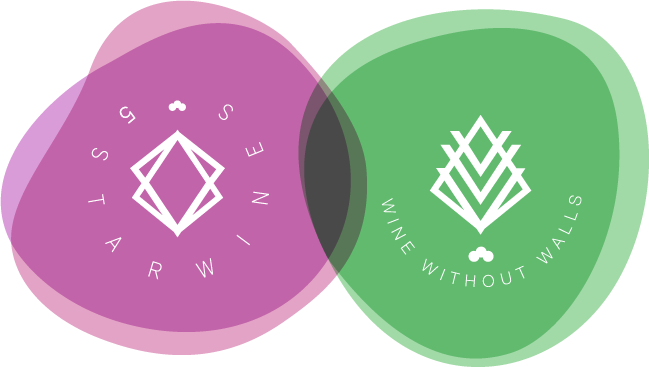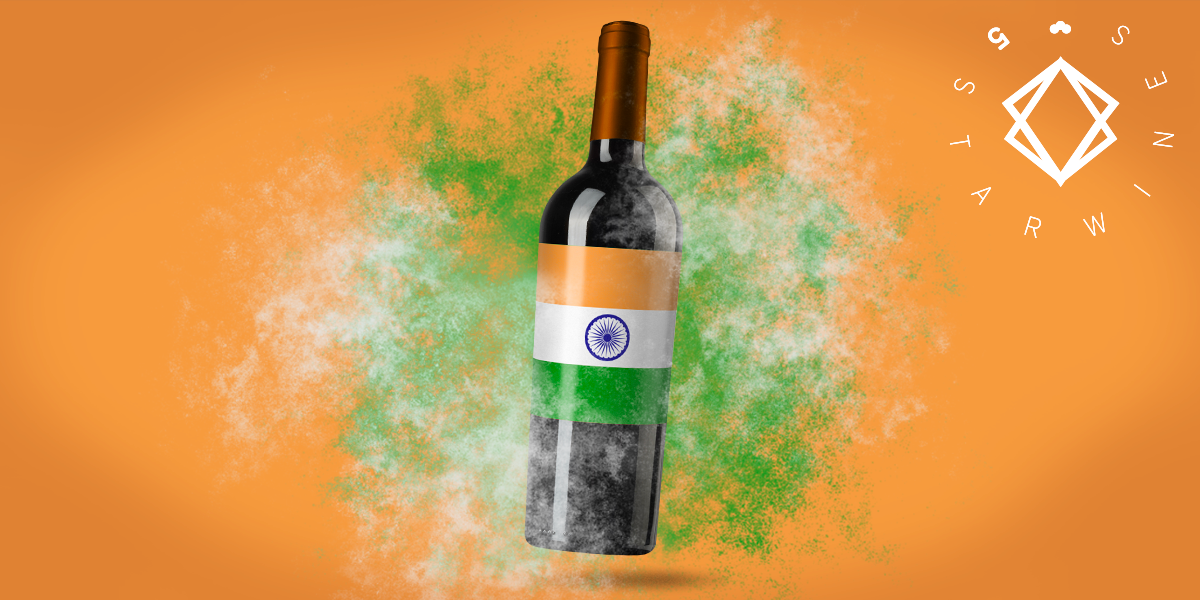Often referred to as one of the most important emerging markets, the Indian market is inherently fascinating both for its opportunities, as well as for the challenges it presents. Such a multifaceted panorama deserves special attention, especially when it comes to its wine market.
The bad news
India does not have a wine culture. The drink is so alien to Indian society that it is considered a luxury item, so much so, that it is heavily taxed. In four Indian states alcohol is completely banned, and in others it is severely restricted. There is a country-wide advertising ban on alcoholic beverages and the legal drinking age is 25. All these hurdles to the wine market are then reinforced by the religious ban on alcohol that affects a large part of the population.
The good news
With more than a billion inhabitants, India is the second most populous country in the world. With 800 million people under 35 years of age, it is also the youngest nation in the world, this means it holds the greatest opportunities for growth. Their GDP grew 6.7% in 2018, and in 2019 it is estimated to hit 7.5%, exceeding that of China’s. Alcohol sales in the country are growing and even though “traditional” drinks such as whiskey, rum and beer continue to dominate with regards to the nation’s alcohol consumption choices, these trends have not prevented the wine market from attracting the attention of consumers.
Opportunities
The growing availability of international and national wines has provoked a significant interest in this product, causing a change in consumer choices. Rapid urbanization, the rapprochement of the Indian and Western lifestyles, and the rise in the average household income has further contributed to wine’s growth in popularity. Between 2010 and 2017, the Indian wine industry recorded an annual growth rate of 14%, meaning that this drink is experienced the highest registered increase on record with regards to alcohol sales as a whole (from Wine Intelligence, the India opportunity).
Data
According to the India Wine Insider – the first report on the Indian wine industry published in 2017 – most of the country’s wine consumers prefer international wines to domestic ones. Although they are more expensive, foreign wines are perceived as being “superior” in terms of quality and packaging. They are even considered to make more suitable gifts. The most relevant market segment in the country are women, who apparently buy as much wine as men, and indeed spend even more on a bottle of wine than their male counterparts. As in other Asian markets, Indian women see wine as an element that makes them more elegant, sophisticated, even emancipated.
At present, India is widely undervalued as a consumer of wine, but things are going to change. How do we know? The national per capita consumption of wine is still rather low, but about the same as China’s was 15 years ago. Why should we pay attention then? Because today China has a massive wine industry and quite frankly, the same could happen to India in a few years.
We want to keep you informed by revealing the trends found in contemporary wine industries.
But to do that, we need your email – leave it here!
[yikes-mailchimp form=”2″]

